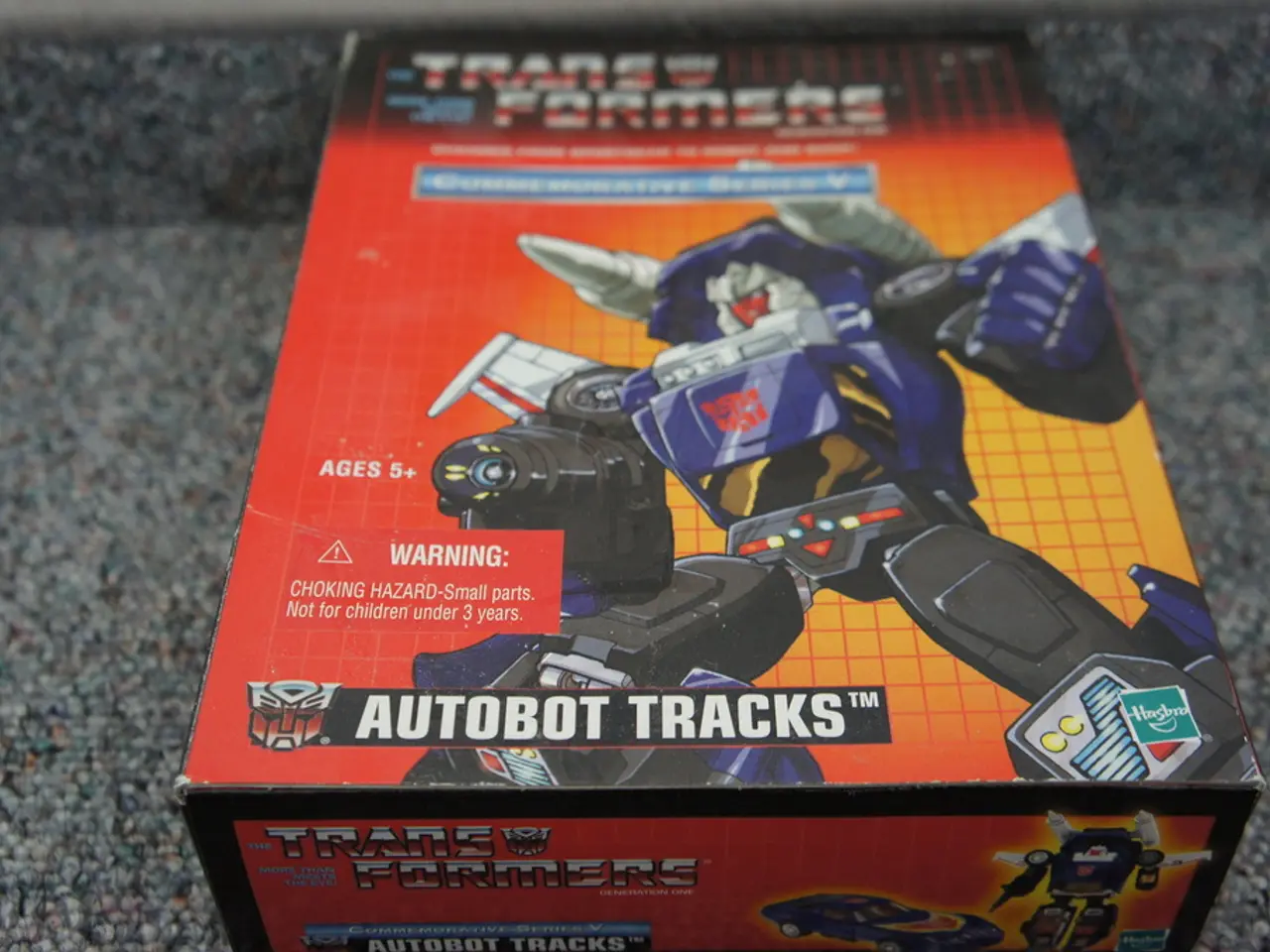Automated Drones and Robotics Technology: Shaping the Next Generation of Warehouse Operations and Doorstep Deliveries
In the rapidly evolving world of logistics, autonomous systems are making significant strides, revolutionising last-mile delivery and warehouse operations. These systems, characterised by low-latency connectivity, high-density device integration, and private network security, are becoming integral components in autonomous systems (AS).
The adoption of these autonomous systems, however, presents both challenges and opportunities shaped by technological, regulatory, and market factors.
### Current Challenges
Navigating the regulatory landscape is a key hurdle. Autonomous delivery vehicles and drones face complex and evolving regulations, particularly in urban areas and airspace use. Companies must adapt swiftly to changing laws and collaborate with local governments to ensure compliance and smooth deployment.
The last mile, the most costly and complicated segment of delivery, poses significant challenges due to traffic congestion, delivery time windows, and unpredictable costs. Autonomous systems must effectively handle dynamic urban conditions, requiring advanced AI for real-time routing adjustments and reliable operation in constrained, sometimes cluttered environments.
Integrating autonomous systems into established warehouse and delivery networks also demands interoperability, system reliability, and workforce considerations. Transitioning labor roles and maintaining inventory accuracy alongside robotics pose organizational challenges.
High costs and scalability remain obstacles. Autonomous technologies require substantial investment, and profitability is a challenge, especially in rural or less dense areas. Startups and incumbents alike must identify specific pain points to justify deployment and scale solutions effectively.
### Current Opportunities
Despite these challenges, autonomous systems offer significant benefits. They can substantially reduce labor costs, optimise delivery routes, and speed up fulfillment, which is crucial given that last-mile delivery can account for a large share of supply chain expenses. AI-driven route optimisation and electrified fleets further enhance efficiency and sustainability.
The autonomous last-mile delivery sector is expanding rapidly, with over 50% of self-driving startups focusing on this area. This growth is fuelled by e-commerce, food delivery, and grocery sectors seeking to meet rising customer expectations for speed and convenience.
Advances in autonomous mobile robots (AMRs), drones, and micro-fulfillment centres enable faster, hyper-localised delivery and better warehouse automation. Smart lockers and pick-up points offer flexible customer delivery alternatives, reducing environmental footprint and increasing satisfaction.
There are opportunities to align autonomous deployments with broader logistics trends such as nearshoring, which shortens supply chains for resilience and responsiveness. Partnering with local governments and infrastructure providers enhances integration and competitive advantage.
In conclusion, autonomous systems in last-mile delivery and warehouses are transforming logistics with promising cost, speed, and sustainability benefits. Success depends on overcoming regulatory, technological, and integration hurdles. Companies investing now, running pilots, and forging partnerships stand to gain a strong competitive edge by 2030, when autonomous deliveries could handle a majority of final-mile logistics.
[1] Autonomous Last-Mile Delivery: Opportunities and Challenges, McKinsey & Company, 2020. [2] The Future of Last-Mile Delivery, Bain & Company, 2021. [3] Last-Mile Delivery: The Role of Autonomous Drones, Forbes, 2021. [4] The Impact of Autonomous Delivery Robots on the Last Mile, Capgemini, 2020. [5] The Autonomous Delivery Revolution: A New Era for Last-Mile Logistics, KPMG, 2021.
- Inventory management can greatly benefit from the integration of autonomous systems in warehouses, which could improve operational efficiency and accuracy.
- The supply chain industry is expected to see a significant shift towards cybersecurity measures as more autonomous systems, such as drones and autonomous mobile robots (AMRs), are deployed.
- Sensor tech and robotics will play a crucial role in ensuring the reliable operation of autonomous systems in dynamic urban conditions, enabling them to make real-time routing adjustments and navigate cluttered environments.
- The sports industry could potentially leverage the Internet of Things (IoT) and autonomous systems for spectator and player performance analysis, offering new insights and opportunities for improvement.
- As the adoption of autonomous systems becomes more pervasive, lifestyles might evolve around real-time delivery services, with technologies like AI and 5G shaping the convenience and sustainability of day-to-day activities.




